
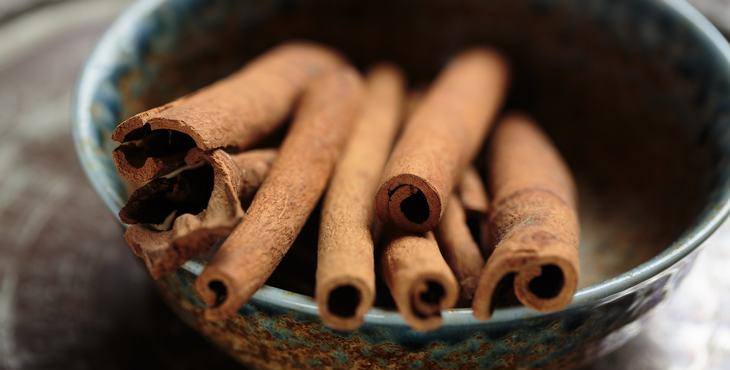
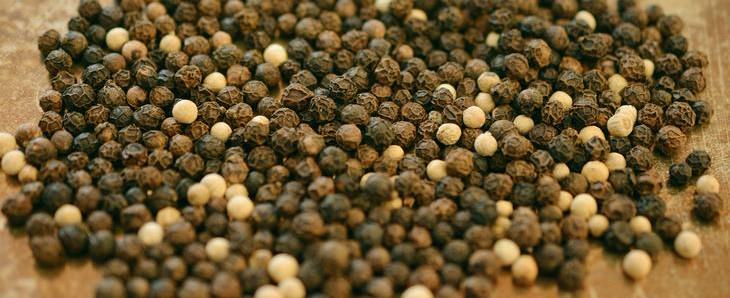

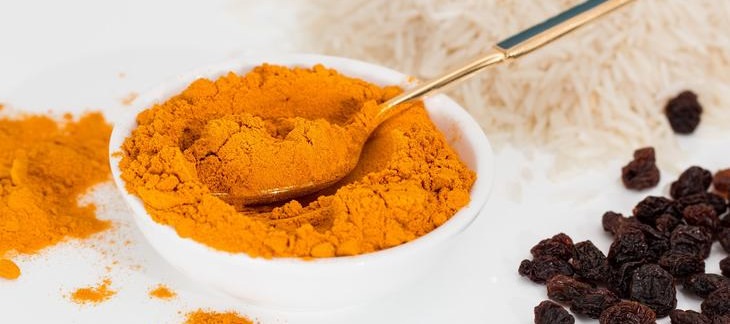
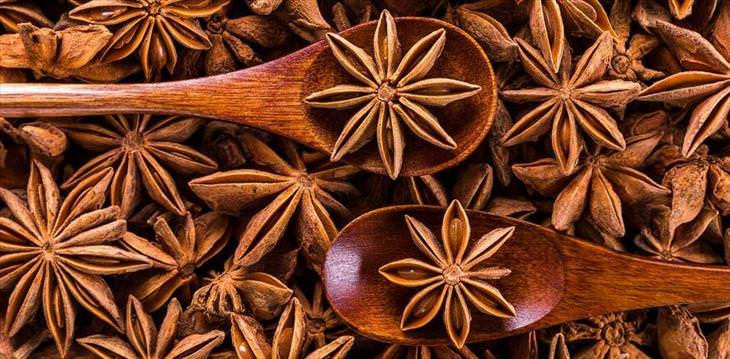
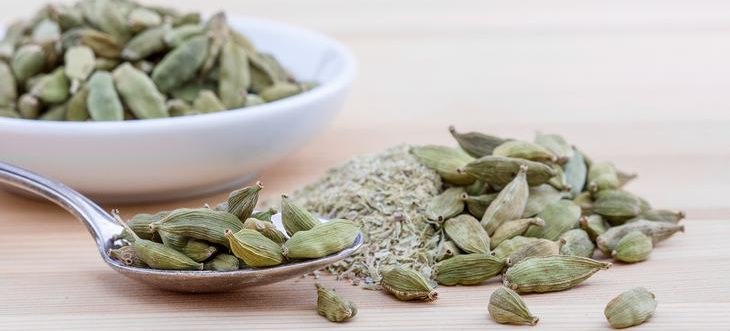
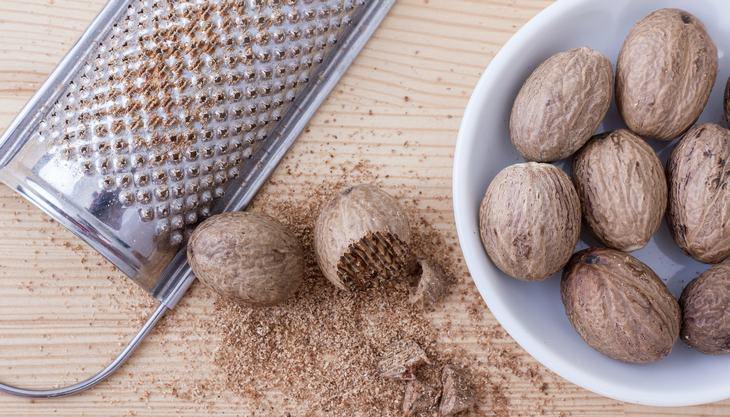

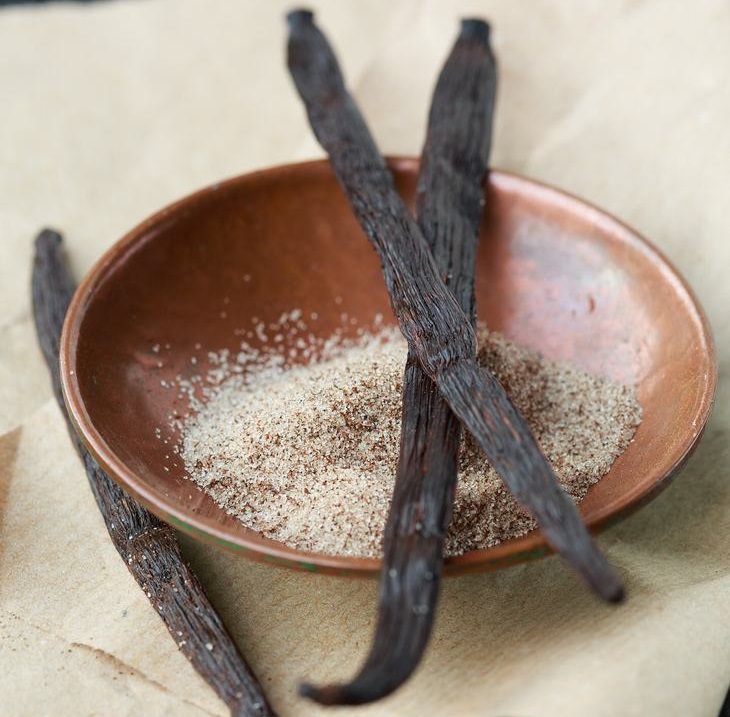
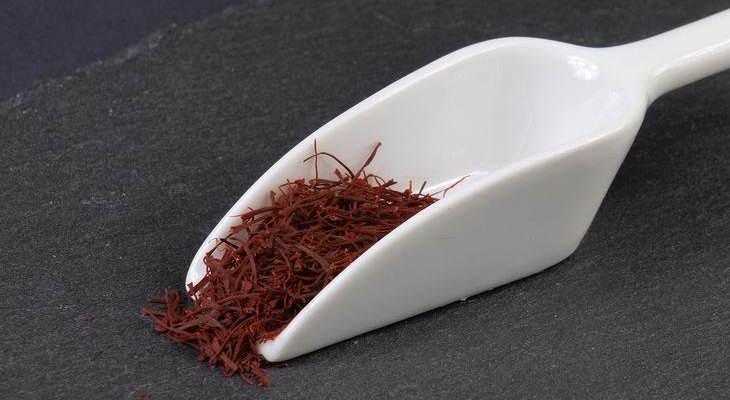

Whip Up a Miracle with These Heavenly Pancake-Making Tips
If you've been dreaming of the ultimate pancake-making guide, then your prayers have just been answered!
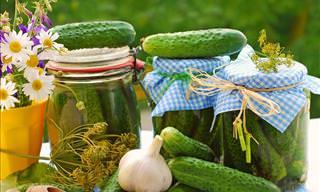
Pickle Juice Is Incredibly Useful! Learn All About It Here...
Pickle juice can actually be very beneficial for your health, home, and even your garden. Learn more here.

5 Ancient Grains You Never Thought to Have for Breakfast
It’s no secret that one of the hardest things about cooking is deciding what to cook. We’re here to suggest 5 warm breakfasts you never thought of.
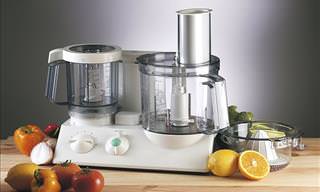
Your Food Processor Can Do a Lot More Than Just Blend
It's time to use your food processor to its fullest extent! Here are 5 great things you can make with yours.
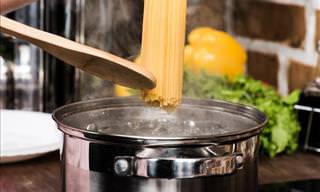
An Italian's Secret to Making the Best Pasta
Follow these tips to prepare an excellent plate of pasta.

Grill a Flawless Chicken Every time With These Tips
A full troubleshooting guide for your next grilled chicken. No more frustration, but a lot of preparation!
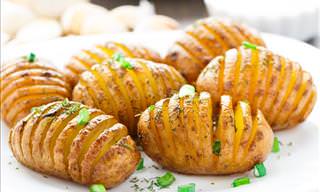
10 Kitchen Tips That Will Turn You into a Culinary Master
The following 10 kitchen tips will take you one step closer to becoming a culinary god.

This Is Why You Should Never Throw Out Silica Gel Packets
Have you ever thrown away these bags of silica gel? Of course you have. But here are some reasons why you SHOULD keep hold of them...
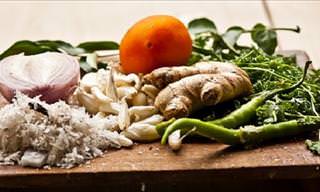
Bacteria Time Bomb! 10 Household Items That Need Changing
You wouldn't believe the amount of harmful bacteria these common household items store, and what what a short lifespan they actually have!

10 Ways to Get Rid of Black Circles and that Puffy Look
Had enough of looking tired? Try our natural recipes to rid yourself of that tired look.

Make Cleaning Windows Less Tedious with This DIY Recipe
There is a quicker and more effective way to clean the windows in your house. Take a look at these two methods.

Are Your Sofa Cushions Sagging? Here's What to Do
Got saggy sofa cushions? Here's what to do.

10 Essential Sewing Tips You Cannot Do Without
Whether you are experienced at sewing, or a complete novice, here are 15 simple sewing tricks you won't be able to live without.
 4:01
4:01
The Operating System of Life
Dive deep into the cells of our body and be amazed at the incredible work they do!

4 Stylish Haircuts that Take Years Off Your Face
Sometimes, all it takes to look years younger is a change in your hair style and color.

Learn How to Grow Your Favorite Fruit and Veggies Indoors
All these plants are delicious, packed full of healthy nutrients and easy-to-grow even if you don’t have a yard or garden

10 Natural Ways to Get Rid of Mice In Your House!
There are ways to deal with a mice infestation in your home in an efficient and humane way.

6 Great Benefits of Waking Up Early
Do you promise yourself that you'll wake up early the next day, but at the moment of truth you hit the snooze button? Stop this with these 11 tips!

Say Goodbye to Neck and Back Pain with These Super Tips
These top tips from chiropractors will enable you to put back and neck pain firmly in the rearview mirror.
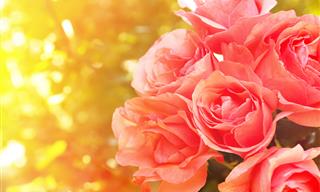 3:39
3:39
Tutorial: How to Grow Roses Using the Stem Cuttings
This tutorial is only a few minutes long, but it gives you a very simple, straight-forward and practical way of growing your own rose bush from stem cuttings.
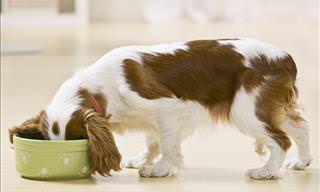
WARNING: If You Love Dogs, This Information is Vital
If you're a dog lover, you should spread this information around. Don't feed dogs these common foods!
 8:03
8:03
DIY: Hidden Compartments and Secret Safes for Your Home
Here's a fun and brilliant video on how to make your own secret safes to hide your valuables, using only items found at home.

Manage Stress in Your 50s with These Meditation Techniques
Manage stress in your 50s with these meditation styles.
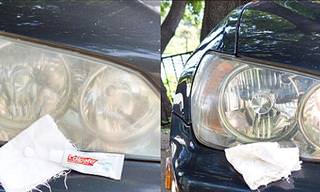
These Tips Will Help You Keep Your Car In Order
These hacks will help you get shinier headlights, organize your interior, and provide a nifty hack to help you remove a small car dent and lots more.

These Sleep Secrets Are Only Known to a Few...
What are the things that will help make your sleep better?

Clean Your Washing Machine With This Easy DIY Cleaner
This natural DIY formula will keep your washing machine safe and clean.

Try this Ancient Indian Method for Removing Body Hair
An ancient and natural method that both men and women have been using for centuries to get rid of unnecessary hair from their bodies.

10 Surprising Items You Can Clean in the Washing Machine
The washing machine can be useful for more than just clothes. 10 surprising items you can clean in the machine with no trouble.
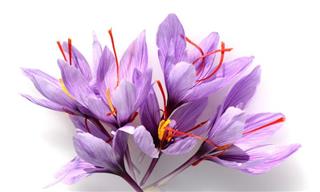
How to Grow the World's Most Expensive Spice at Home
Saffron doesn't have to be that expensive. It is a natural resource that should be available for everyone - use this guide to grow your own!
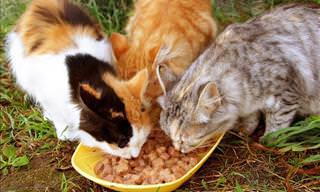
6 Humane Ways to Keep Stray Cats off Your Property
If you have a problem with stray cats, this article will provide you with 6 humane ways toy can keep unwanted cats out of your property.

15 Golden Tips to Start Living a Better, Happier Life...
These 15 little tips sound like small things, but they can make your life that much better.
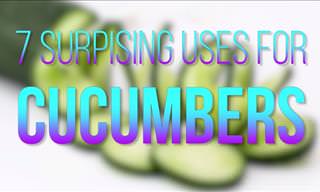
Cucumbers Are Incredibly Versatile: 7 Ways to Use Them
Cucumbers may be nutritious, but they are incredibly versatile too! Here's how you can use cucumbers outside of your salad.
 9:55
9:55
Shop Smart! How to Recognize Good or Poor Quality Clothes
This informative guide will explain the 5 major ways of spotting a poor and high quality garments
 8:01
8:01
Why Your Consumer Brand Loyalty Can Backfire
It happens to all the consumer goods you can imagine...
 8:03
8:03
Christmas Tree Hacks: 9 Game-Changing Tips
Use these Christmas tree tips to make your holiday festivities easier.
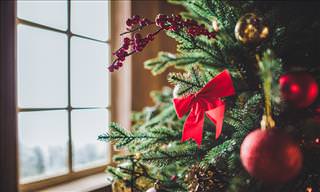
Here Are the Safety Precautions You Need to Take This Xmas
Christmas can be ruined by not paying enough attention to safety, but this guide will bring your attention to all the things you need to be aware of.

GUIDE: Learn 3 Proven Problem-Solving Methods
Your ability to solve problems, or lack thereof, has a great bearing on whether you can be happy and successful. Try these 3 problem-solving methods.
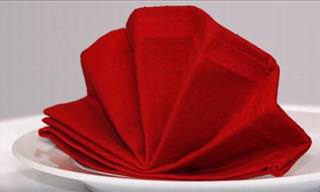
Spruce Up Your Dinner Table With These Napkin Techniques
Holidays are always a time of cheer. Spruce up your dining table with these 8 easy-to-try napkin techniques.

If Your Leather Items Are Dirty, Here's What to Do
If you want to clean your leather items yourself, you'd better read this...
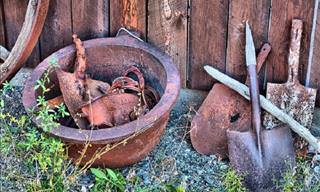
Some Great and Cheap Ways You Can Remove Rust from Metal
Where's there's metal, there's rust - it's an ever annoying problem. These remedies allow you to restore rusty items without using harmful chemicals!
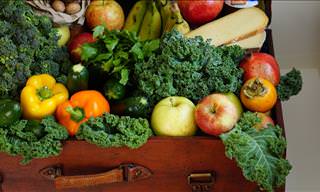
Say Goodbye to Rotten Fruits & Veggies with These 12 Tips
The way you store your groceries can affect their shelf life. These 12 tips will help keep your fruits and vegetables fresh for longer.
 1:34
1:34
IMPORTANT: Why You Should Wipe Down Your Phone Every Night
What exactly is lurking on your phone, and how should you go about cleaning it?
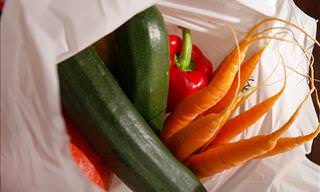 2:28
2:28
8 Super Handy Grocery Bag Tips You Have to Try
Whether you prefer paper or plastic, there are enough hacks here to really boost your bag usage. These tips will save you time, money and space. Perfect!
 3:04
3:04
We Bet You Don't Know Just How Useful Your Microwave Is
3 great additional uses for microwaves you never knew about.

Learn the Self-Massage That Treats Back And Neck Pain
Many muscle aches, including back and neck pain, result from muscle bonds called "trigger points" - today you'll learn how to identify and treat these points.

Have You Been Using Antiperspirant All Wrong?
Do you apply antiperspirant correctly? Here's an article that will teach you everything about proper antiperspirant application
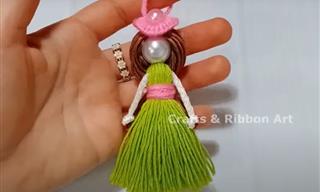 8:29
8:29
The BEST Craft Idea For the Little Princesses in Your Life
Make this cute princess charm you can hang on a bag, and it's both easy and fun!


